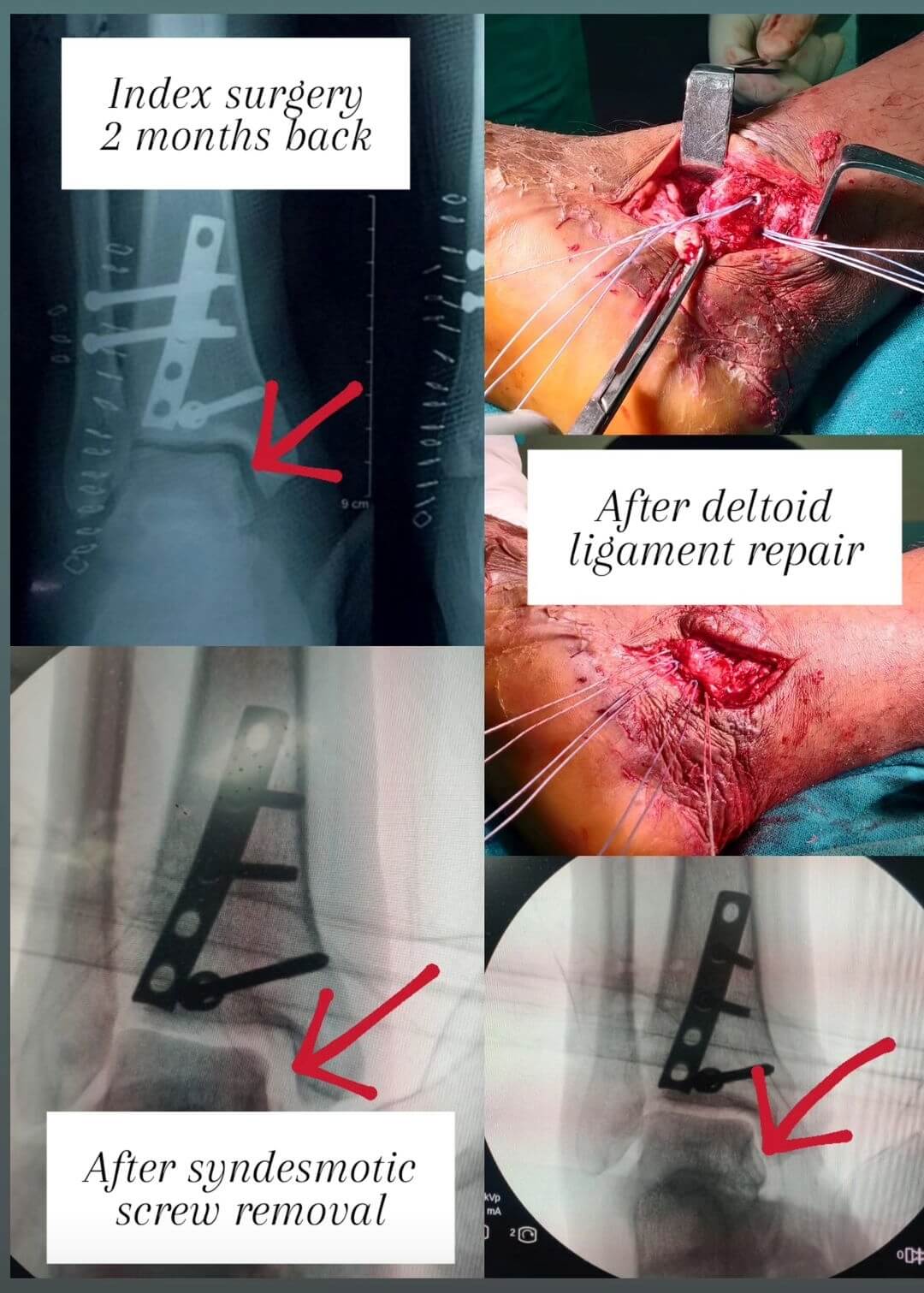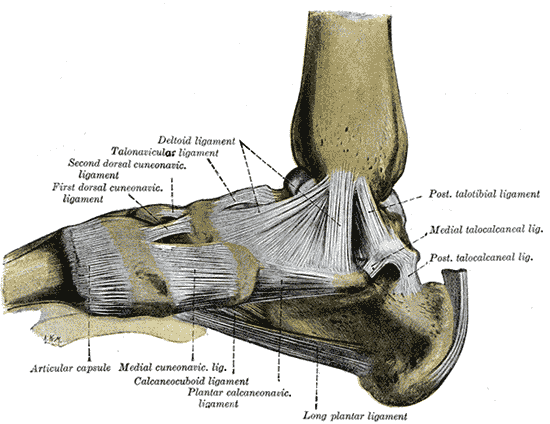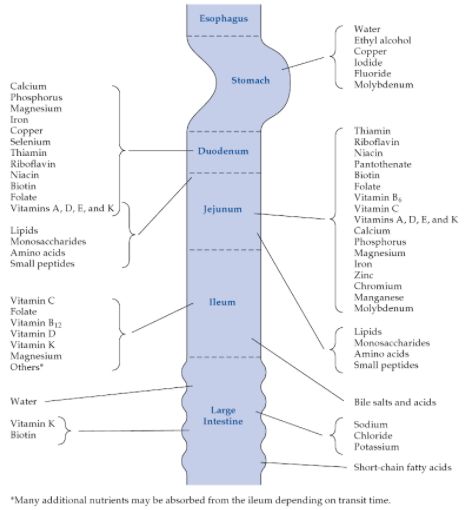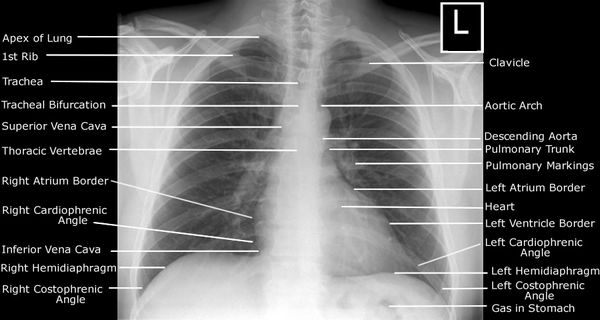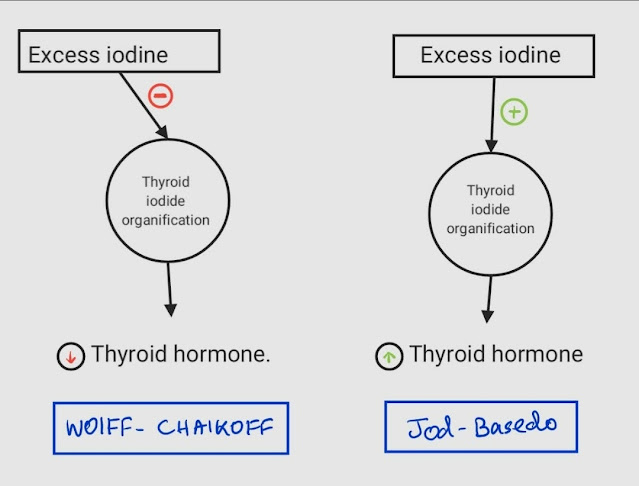Deltoid ligament is the complex of medial collateral ligaments of the ankle joint.
2 layers of Deltoid Ligament
a. Superficial layer: Originates from anterior and inferior aspects of medial malleolus fanning out & sending 3 bands to –
- Navicular (Tibionavicular ligament) and Plantar calcaneonavicular or spring ligament (Tibiospring ligament)
- Sustenaculum tali of calcaneus (Tibiocalcaneal ligament)
- Medial tubercle of talus (Superficial posterior tibiotalar ligament)
b. Deep layer: Originates on posterior border of anterior colliculus, intercollicular groove & posterior colliculus and inserts into entire non-articular surface of medial talus. It is intra-articular and covered by synovium and comprises of 2 ligaments –
- Anterio tibiotalar ligament
- Deep posterior tibiotalar ligament
Clinical tests for Deltoid Ligament
1. Eversion test in neutral: Evaluates superficial deltoid ligament
2. External rotation stress test: Evaluates syndesmotic ligaments + deep deltoid ligament
Acute Deltoid Ligament Injury
Mechanism of injury:
- Eversion and/or pronation
- Associated with lateral ankle fractures
Hintermann’s classification:
- Type I – Proximal tear or avulsion (70%)
- Type II – Intermediate tear, i.e. deep component remains attached distally; superficial component remains attached proximally (10%)
- Type III – Distal tear or avulsion of deltoid & spring ligaments (20%)
Clinical finding:
- Medial ecchymosis appears after 24 hours
X-ray findings:
- Small flake of medial malleolus may be visible (avulsion from tibial attachment)
- Lateral talar shift and widened medial clear space between talus and medial malleolus (>5 mm on external rotation stress or gravity stress views)
Treatment:
The deltoid ligament usually heals after functional treatment of the ankle sprain, syndesmotic screw placement, or fixation of the fibula fracture. As talus follows fibula when deltoid is ruptured, anatomic restoration of fibula and talus restores medial anatomy & allows medial ligamentous structures to heal without the need for operative treatment.
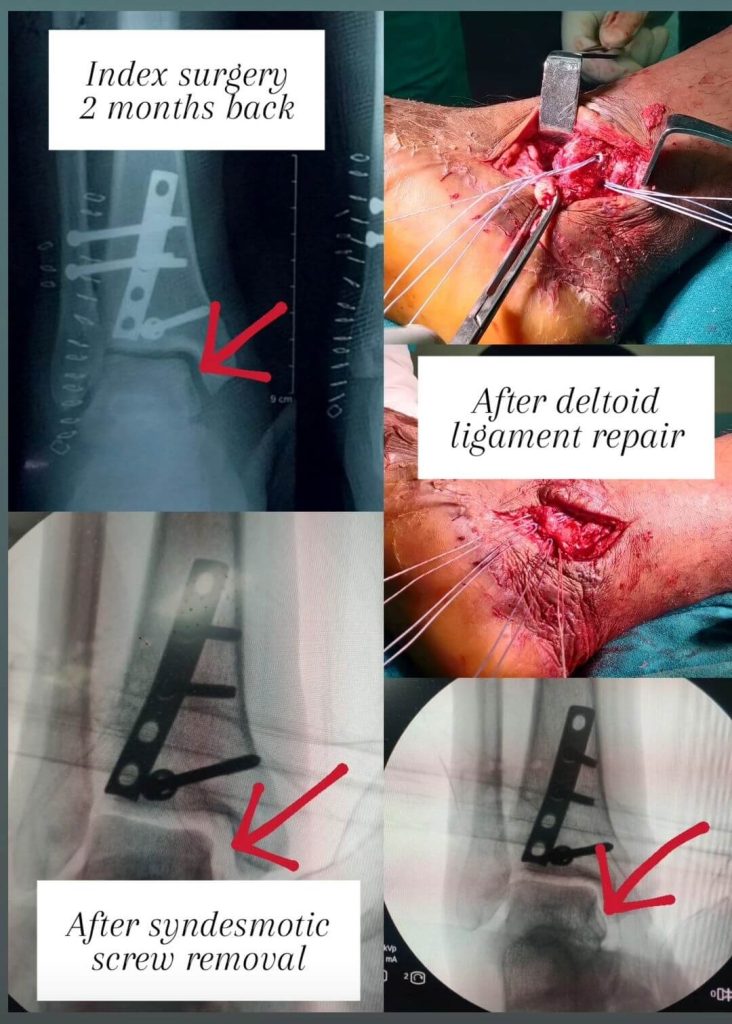
Surgical repair of the deltoid ligament is indicated only in the rare case of torn ligament blocking reduction of the medial ankle joint. Reduction may be blocked by interposed fibers of deltoid ligament or interposed posterior tibial tendon. Evidence for mal-reduction includes medial clear space is widened by > 2 mm following reduction.

He is the section editor of Orthopedics in Epomedicine. He searches for and share simpler ways to make complicated medical topics simple. He also loves writing poetry, listening and playing music. He is currently pursuing Fellowship in Hip, Pelvi-acetabulum and Arthroplasty at B&B Hospital.
